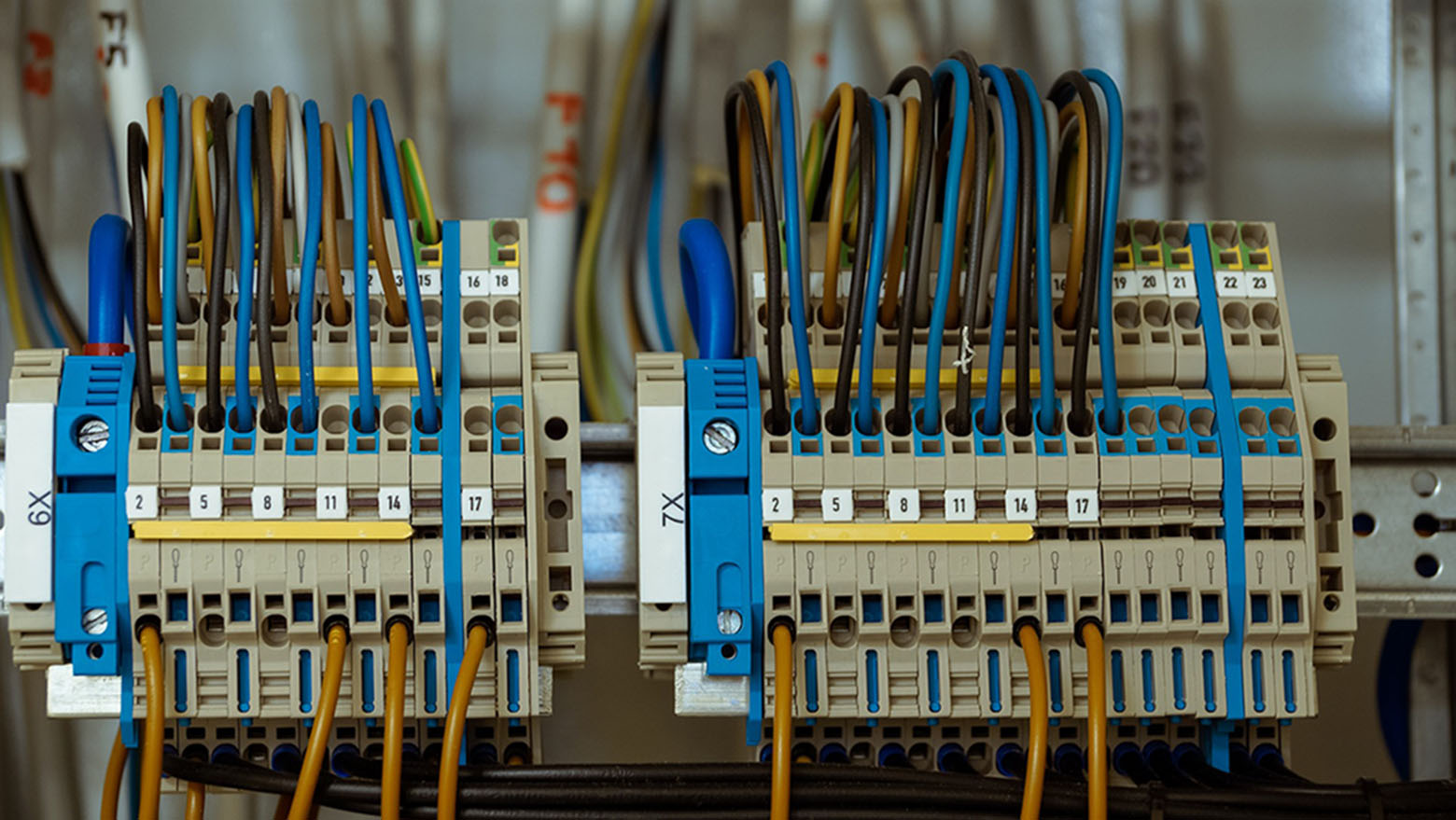

Structured Cabling
A structured cabling system is a strategic asset that enables data flow and IT resource sharing in every area of your organization. It's the wired network that connects people and carries systems, technology and data. It also includes the actual cables, pathways, connecting hardware, wired and wireless transmission of data.
For a system to be under the name data structured cabling, it must adhere to Electronic Industry Alliance/Telecommunications Industry Association (EIA/TIA) and American National Standards Institute (ANSI) standards. No two structured cabling systems are the same because of many different types of equiptment, facility architectures, configurations and other factors, these help you reduce cost and risk.
To get a good start you want a good cable and hardware, but most important is to always use best practices for installation. This will help you get the most from your investment. It’s important to follow bend-radius and tension standards for various types of cabling. For example with twisted-pair cabling, there are also strict tolerances for sheathing removal and cable twists. Cable bundles should be tied loosely and no matter what never, ever cinched tightly or stapled. Doing so can degrade performance. Cable pathways, (such as ducts)should be sized to allow for future growth.